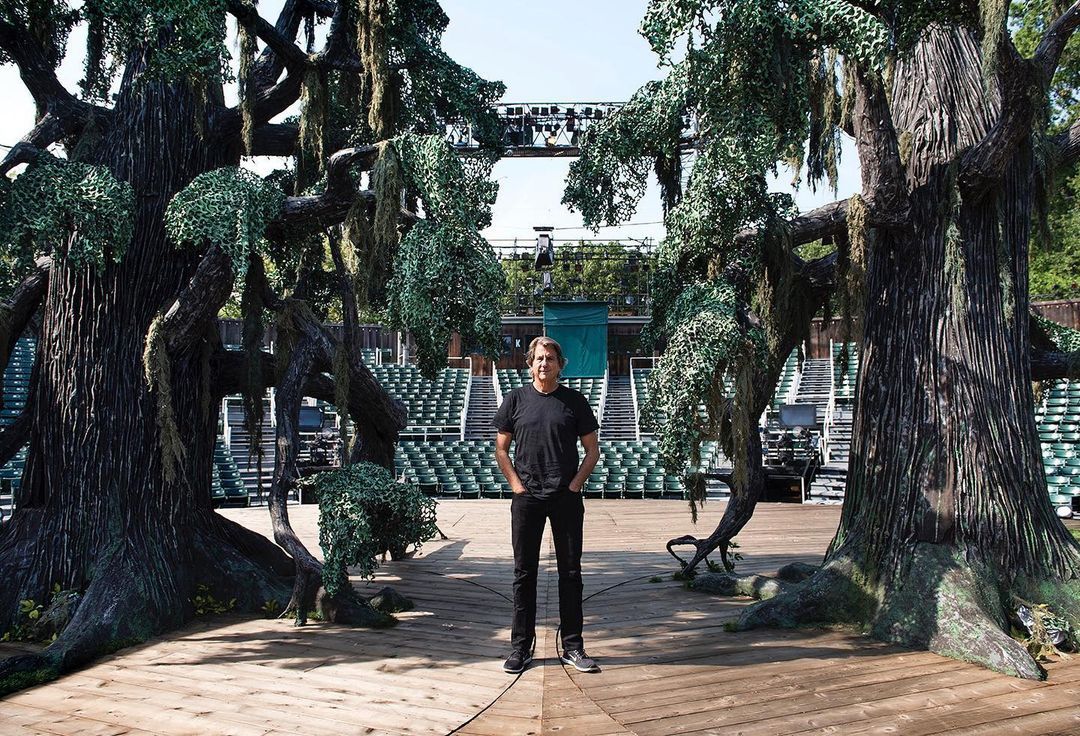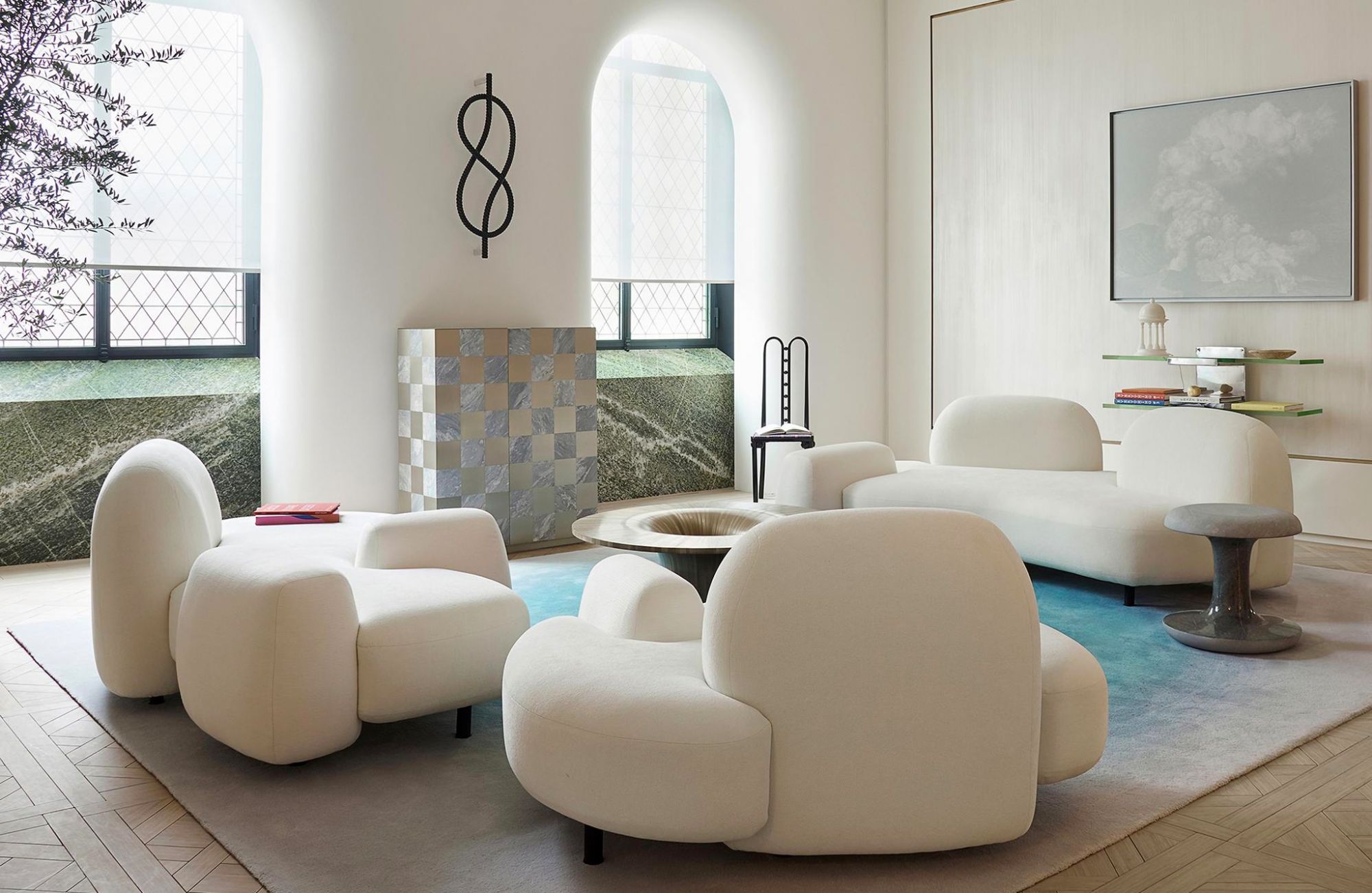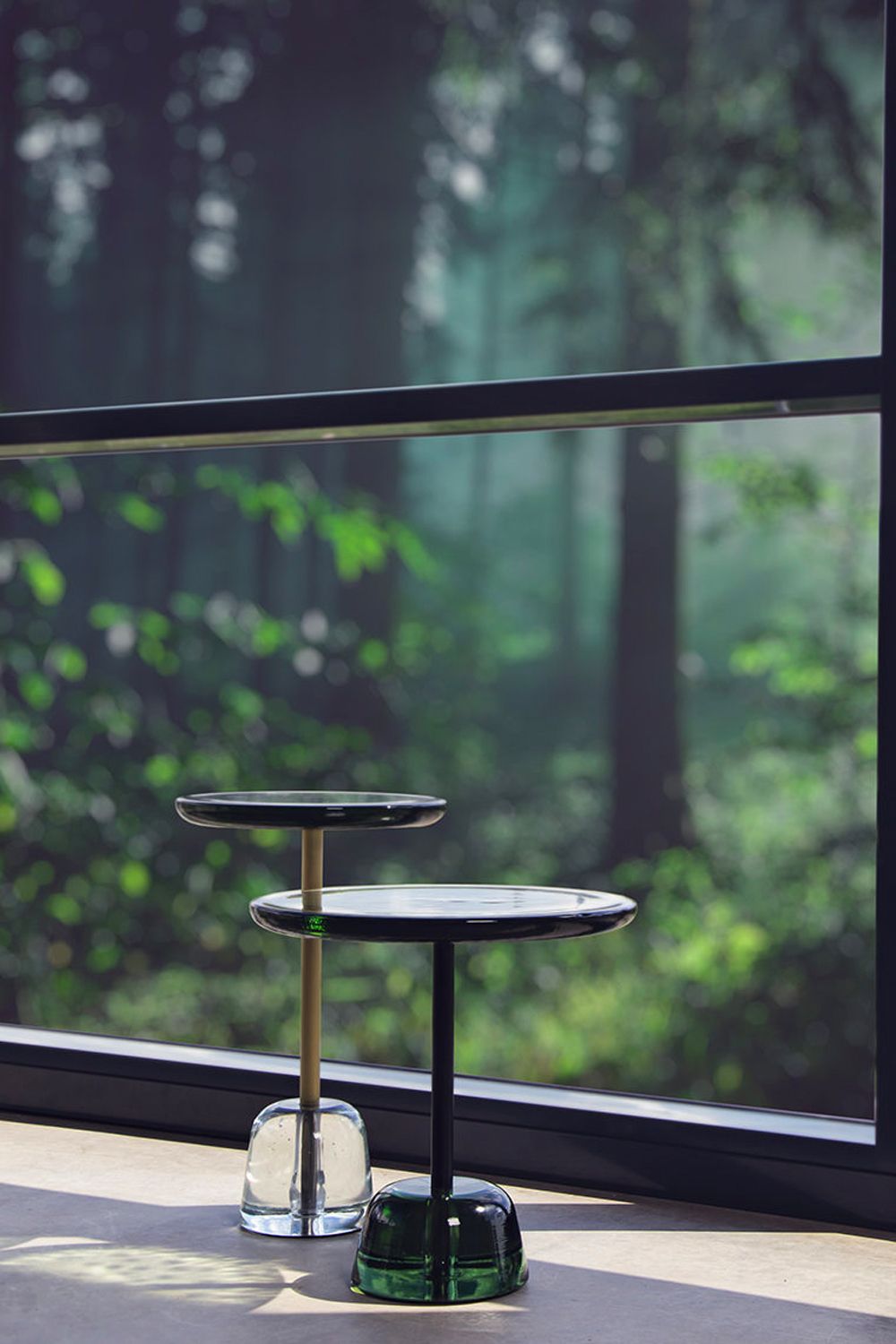“The challenges of the pandemic have given us a new perspective on adaptable spaces and made it possible to break some old rules to reimagine underutilised spaces,” explains the American architect David Rockwell. Here, he shares with us what it was like designing the Oscars 2021 set during the pandemic, as well as recent designers and collections that have inspired him lately
Architect David Rockwell approaches design and architecture much as he would theatre: with fervour, resilience, and deft flexibility to changes. Having grown up as a child of the musical theatre—his mother worked as a vaudeville dancer and choreographer—the award-winning American architect and designer has also found a way to make his own unique mark.
The Tony Award-winning design powerhouse and Broadway mainstay is the creative mind behind the set designs of some of the greatest theater hits such as Legally Blonde, Hairspray, and The Rocky Horror Show. It is unsurprising then, that Rockwell’s design principles are known to be drawn from aspects of performance and theatre.
See also: Mood Board: Sebastian Herkner On Finding Design Inspiration In His Memories And Travels

His decades of experience can be seen from his extensive portfolio that ranges between set designs and the residential, commercial, and hospitality sectors. The founder and president of Rockwell Group, his eponymous cross-disciplinary practice, crafts a unique narrative for each project by using a sleek combination of technology and artisanal crafts.
“Our studio doesn’t have a signature style and we’re reluctant to follow trends,” says Rockwell. “Rather than adhering to a specific aesthetic guideline, we approach each project from a fresh conceptual perspective.”












